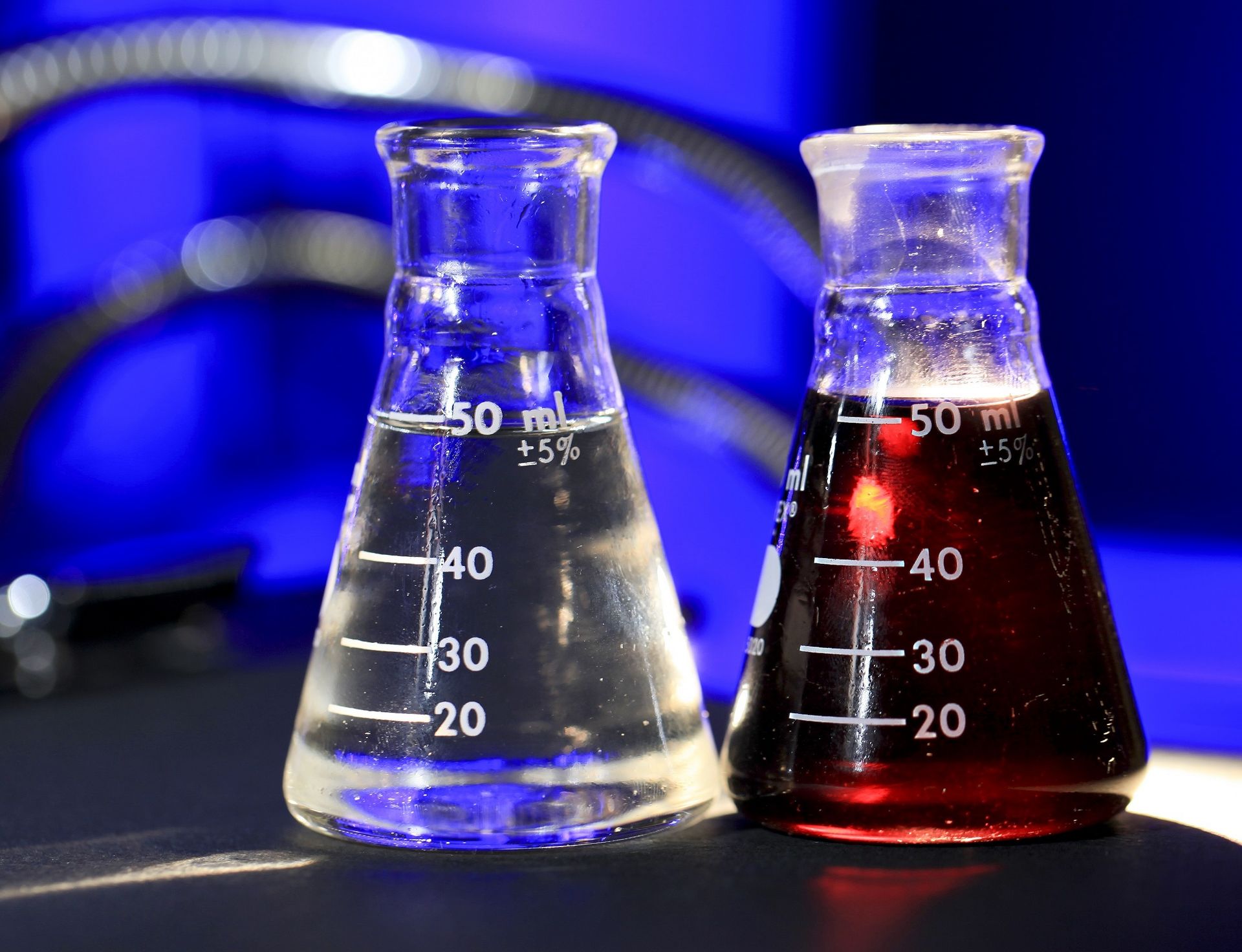Comprehensive Analysis of 3-Chlorophenol: Properties, Applications, and Environmental Impact
Introduction
3-Chlorophenol (3-CP), also known as m-chlorophenol, is an organic compound with the molecular formula C₆H₅ClO. It is one of the three isomers of chlorophenol, differentiated by the position of the chlorine atom on the benzene ring. The compound is widely recognized for its distinctive odor and its use in various chemical processes. This essay explores its properties, synthesis, applications, environmental impact, toxicity, and safety protocols.
Physical and Chemical Properties
3-Chlorophenol is a colorless to pale yellow solid at room temperature. It has a melting point of 33-36°C and a boiling point of 214°C. The compound is slightly soluble in water but exhibits good solubility in organic solvents such as ethanol, acetone, and ether. It has a molecular weight of 128.55 g/mol and a density of 1.29 g/cm³.
Chemically, 3-CP exhibits phenolic properties due to the hydroxyl group (-OH) attached to the benzene ring. The presence of the chlorine atom contributes to its moderate acidity and reactivity. It undergoes electrophilic aromatic substitution reactions, making it a valuable intermediate in chemical synthesis.
Synthesis of 3-Chlorophenol
3-Chlorophenol is typically synthesized via chlorination of phenol. The reaction involves introducing chlorine gas to phenol in the presence of a catalyst such as iron(III) chloride. The reaction can be controlled to favor the formation of the meta-isomer by regulating temperature and reaction conditions.
Alternatively, it can be produced through the hydrolysis of 3-chlorobenzene sulfonic acid. This method is employed in industrial-scale production and is favored for its efficiency and cost-effectiveness.
Applications
3-Chlorophenol has numerous applications across industries. Its primary uses include:
Chemical Intermediate: It serves as a precursor in the synthesis of dyes, agrochemicals, and pharmaceuticals. It is especially important in manufacturing herbicides and fungicides.
Antimicrobial Agent: Due to its phenolic structure, 3-CP exhibits antimicrobial properties. It is used in disinfectants and antiseptics.
Polymer Industry: The compound is involved in the production of specialty resins and adhesives.
Analytical Chemistry: It is used as a reagent in laboratory studies to determine phenolic content in samples.
Environmental Impact
3-Chlorophenol poses significant environmental concerns due to its persistence and potential for bioaccumulation. It is classified as a priority pollutant by regulatory bodies such as the Environmental Protection Agency (EPA). The compound can enter the environment through industrial effluents, pesticide use, and improper disposal.
In water bodies, it exhibits moderate solubility, which can harm aquatic ecosystems. It disrupts the biological functions of organisms, particularly affecting fish and microorganisms. In soils, its moderate volatility and adsorption properties lead to long-term contamination, affecting plant growth and soil health.
Toxicity and Health Risks
3-Chlorophenol is toxic to humans and animals. Acute exposure can cause irritation to the skin, eyes, and respiratory tract. Prolonged exposure may lead to systemic effects, including damage to the liver and kidneys. The compound is also classified as a potential carcinogen.
When inhaled, 3-CP can cause respiratory distress, coughing, and dizziness. Ingestion may result in gastrointestinal distress, nausea, and vomiting. Dermal contact can cause redness, burns, and, in severe cases, chemical dermatitis.
Safety and Handling
Strict safety protocols must be observed when handling 3-chlorophenol. Personal protective equipment (PPE), including gloves, goggles, and lab coats, should be worn. Adequate ventilation is essential in workplaces where the compound is used to minimize inhalation risks.
Storage guidelines require the compound to be kept in tightly sealed containers away from heat, light, and incompatible substances like strong oxidizing agents. Spillage should be contained promptly using absorbent materials, and disposal should comply with hazardous waste regulations.
Regulatory Aspects
Governments and international agencies regulate the production, use, and disposal of 3-chlorophenol to mitigate its environmental and health impacts. The EPA and the European Chemicals Agency (ECHA) have listed it as a hazardous substance, requiring industries to adopt stringent controls during its use.
Environmental laws mandate the treatment of wastewater containing 3-CP to reduce contamination. These regulations encourage the adoption of greener production methods and the development of safer alternatives.
Analytical Methods for Detection
Monitoring 3-chlorophenol in environmental and biological samples is critical. Advanced analytical techniques are employed, including:
Gas Chromatography-Mass Spectrometry (GC-MS): This method provides high sensitivity and accuracy in detecting trace amounts.
High-Performance Liquid Chromatography (HPLC): HPLC is widely used for quantification in industrial and environmental samples.
Spectrophotometry: It is a cost-effective method for routine monitoring.
These techniques enable compliance with regulatory standards and ensure environmental safety.
Emerging Research and Alternatives
Recent research focuses on developing biodegradable and less toxic alternatives to chlorophenols. Studies explore the use of enzymatic degradation and microbial bioremediation to address contamination issues.
Innovations in green chemistry aim to reduce the environmental footprint of 3-chlorophenol production. Processes utilizing renewable feedstocks and environmentally benign catalysts are under development.
Conclusion
3-Chlorophenol is a versatile compound with significant industrial importance. Its properties and applications highlight its utility across various domains. However, its toxicity and environmental impact necessitate responsible use and management. Adhering to safety protocols and regulatory guidelines is crucial in mitigating its risks. Continued research and innovation in sustainable practices will ensure the safer application of this compound in the future.

